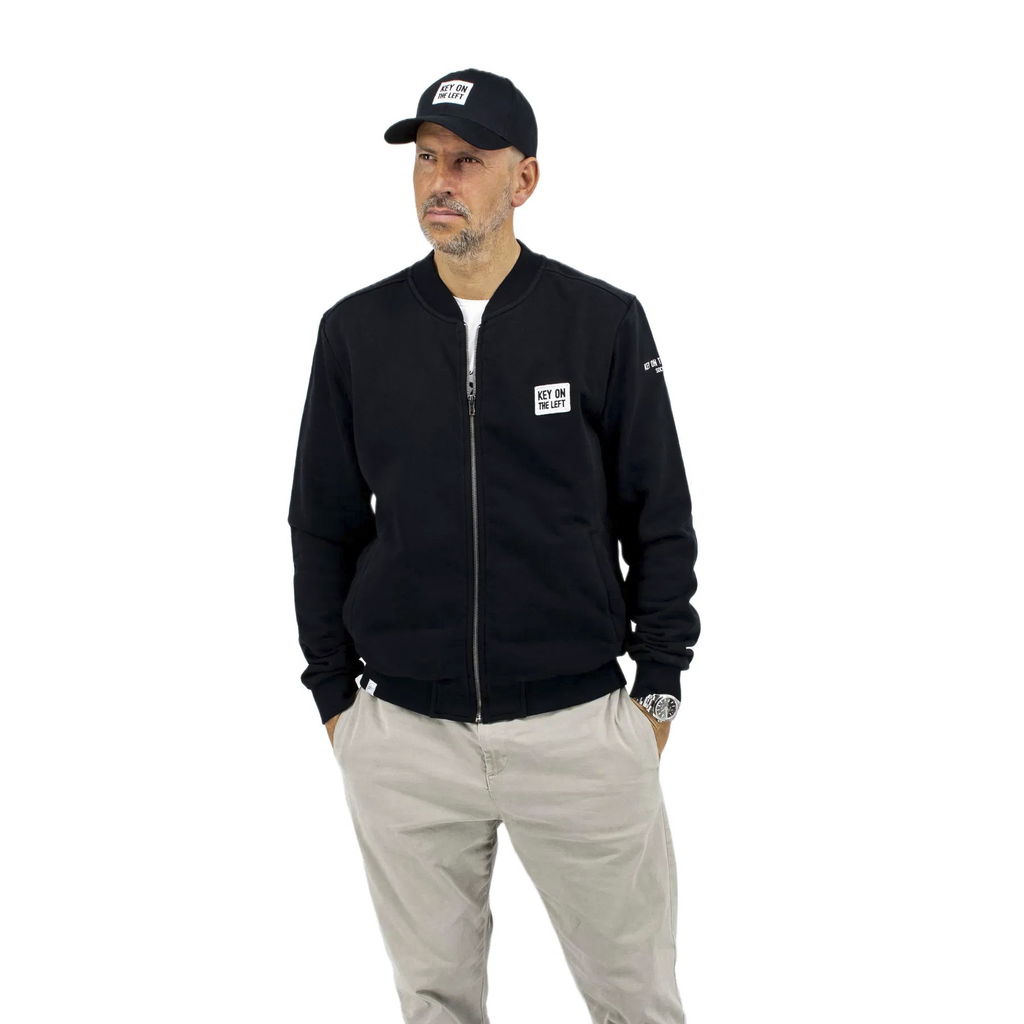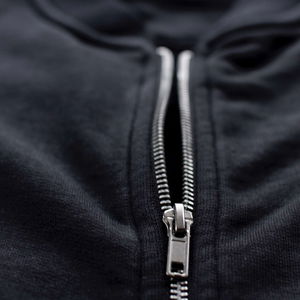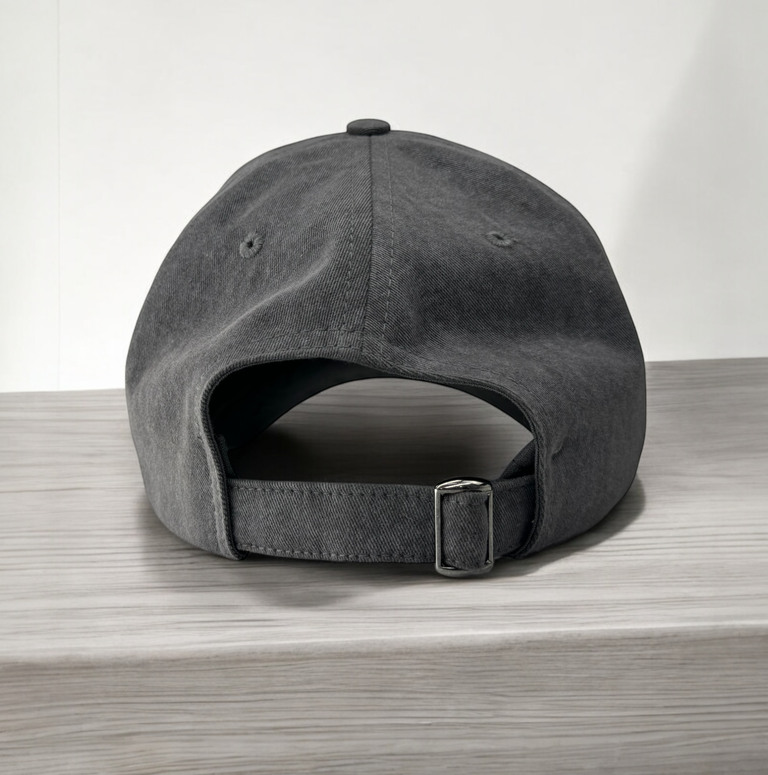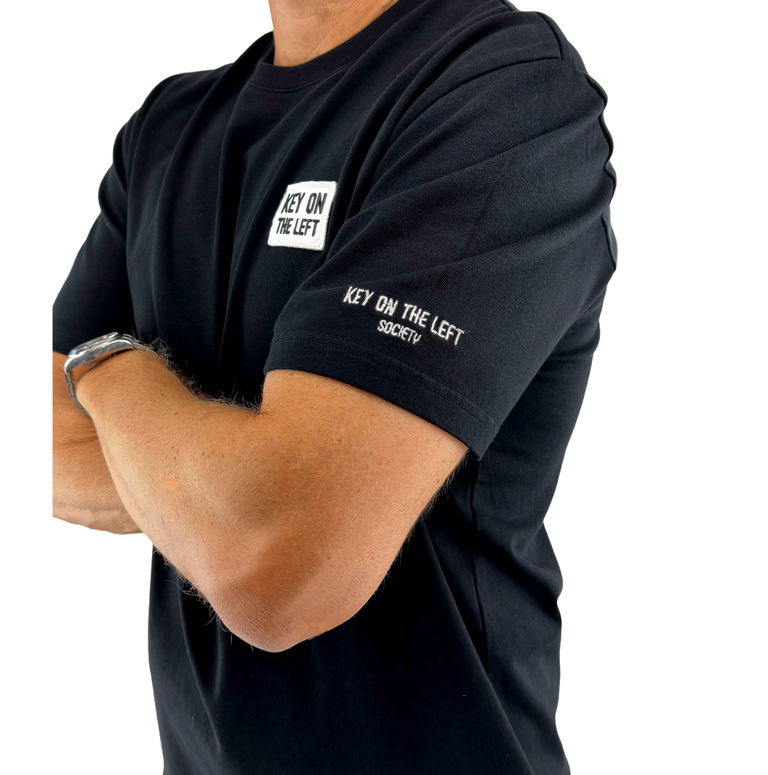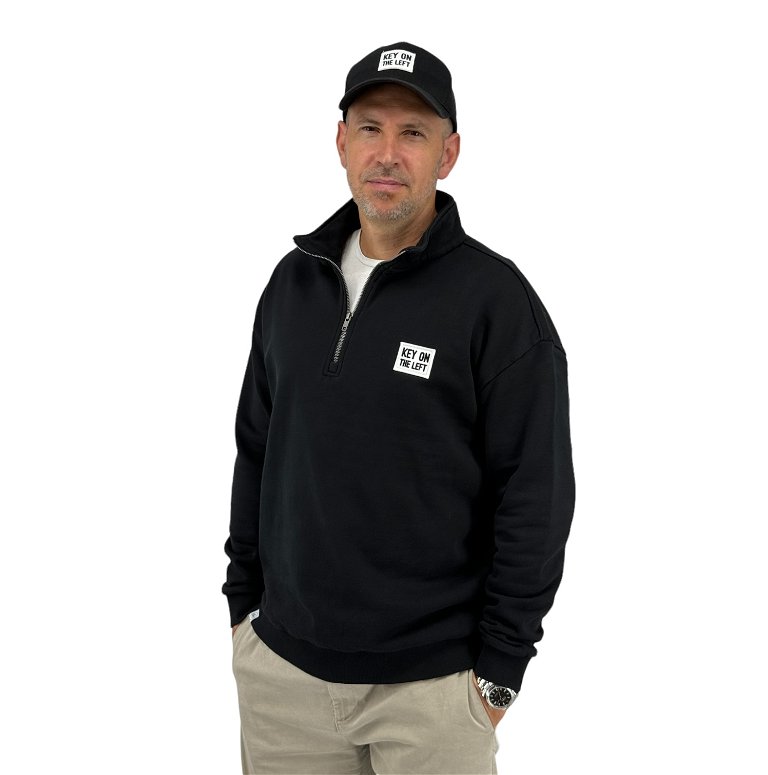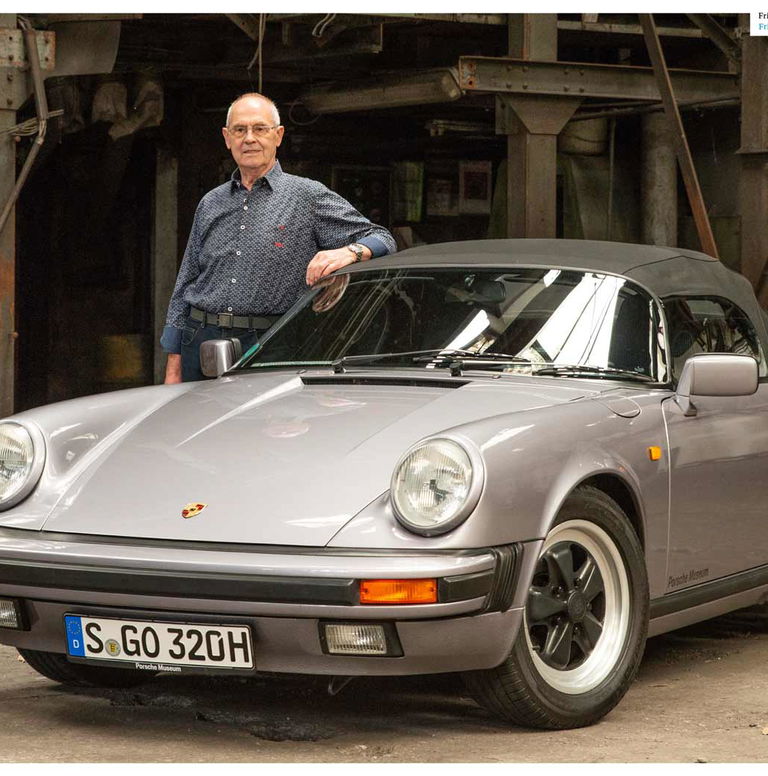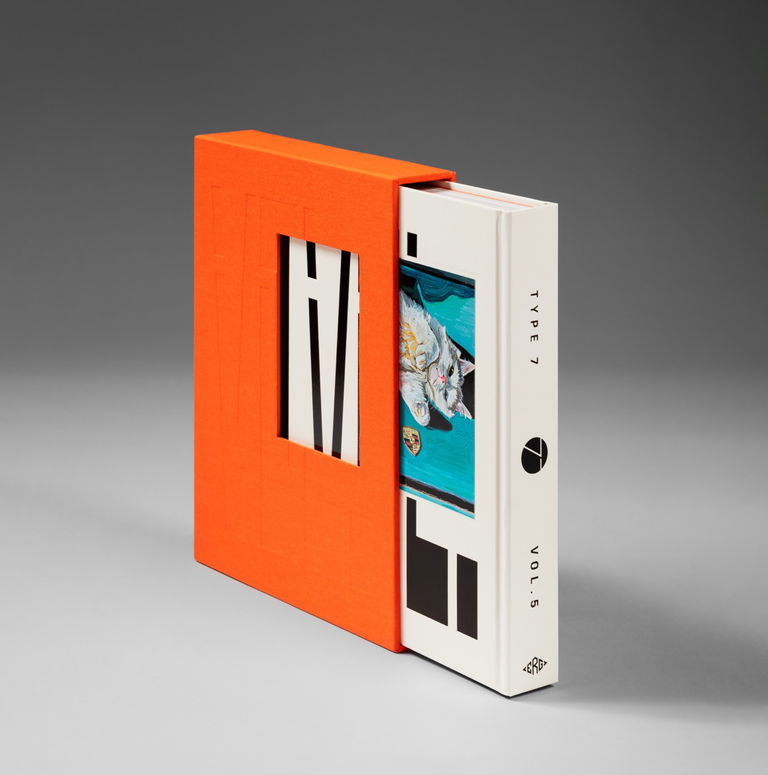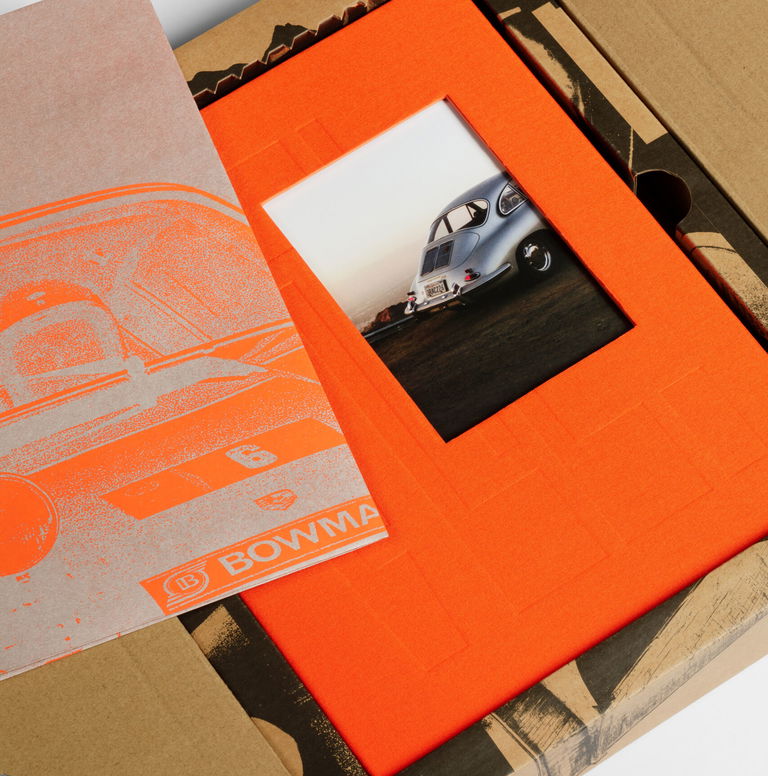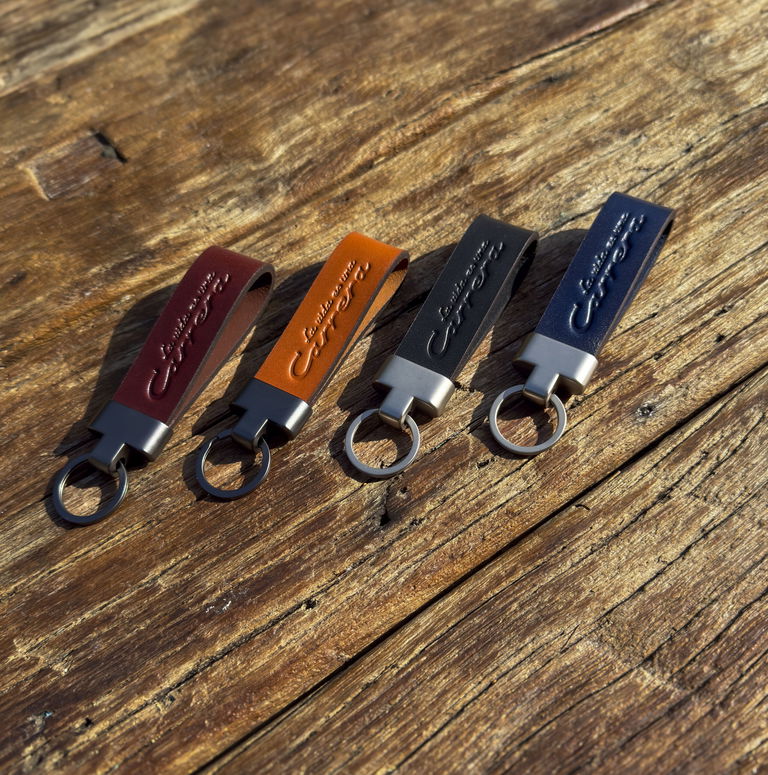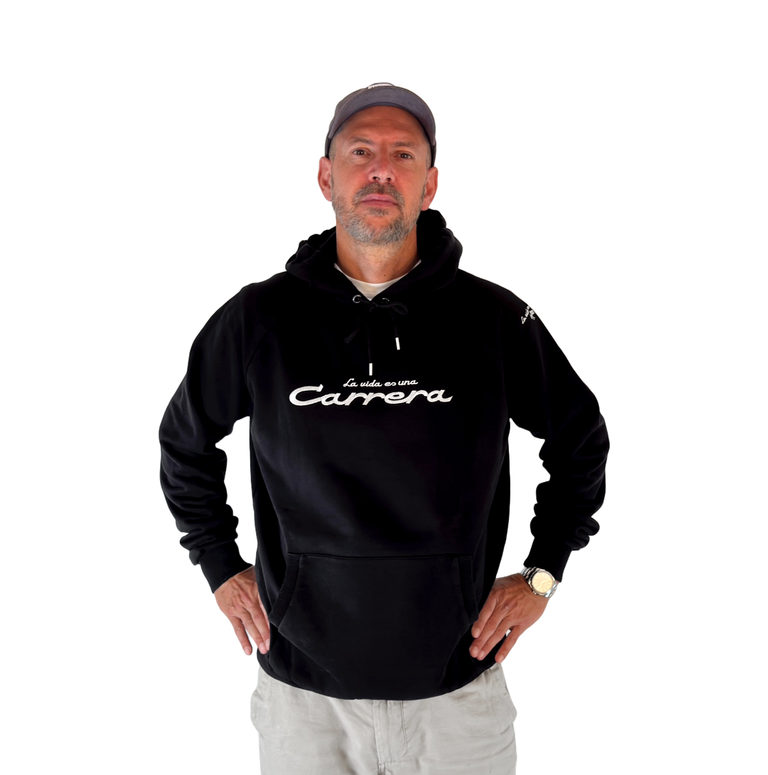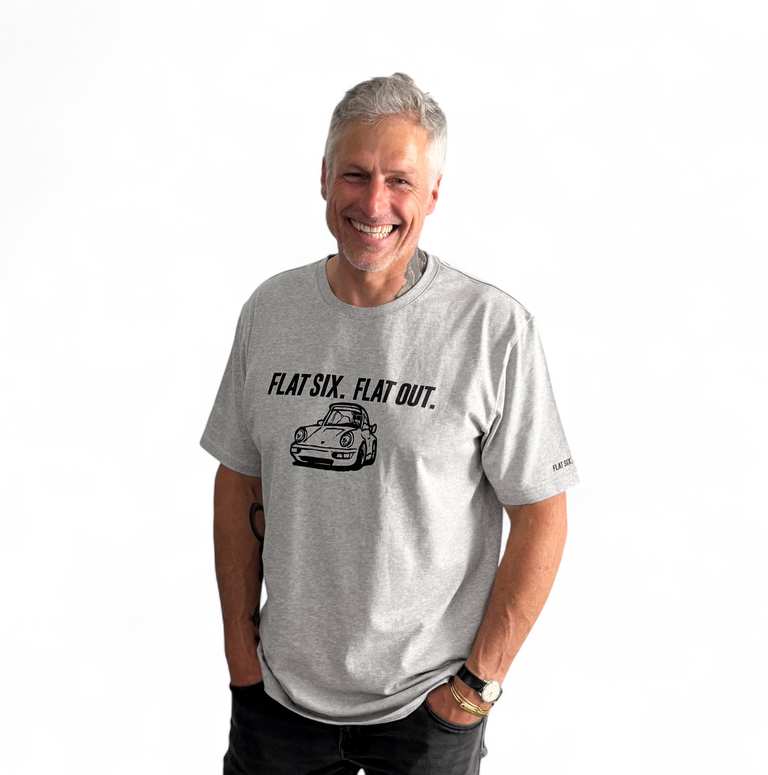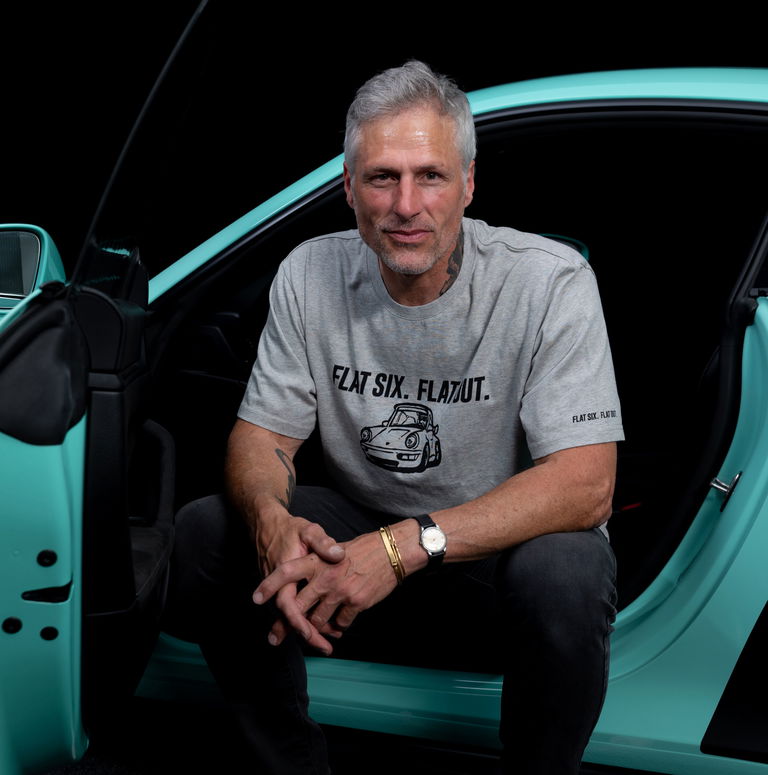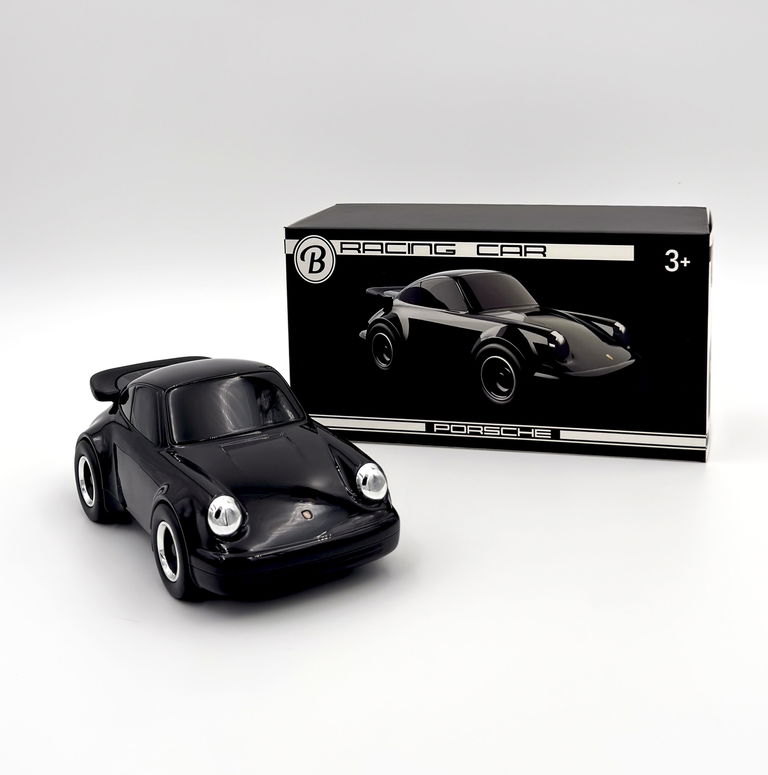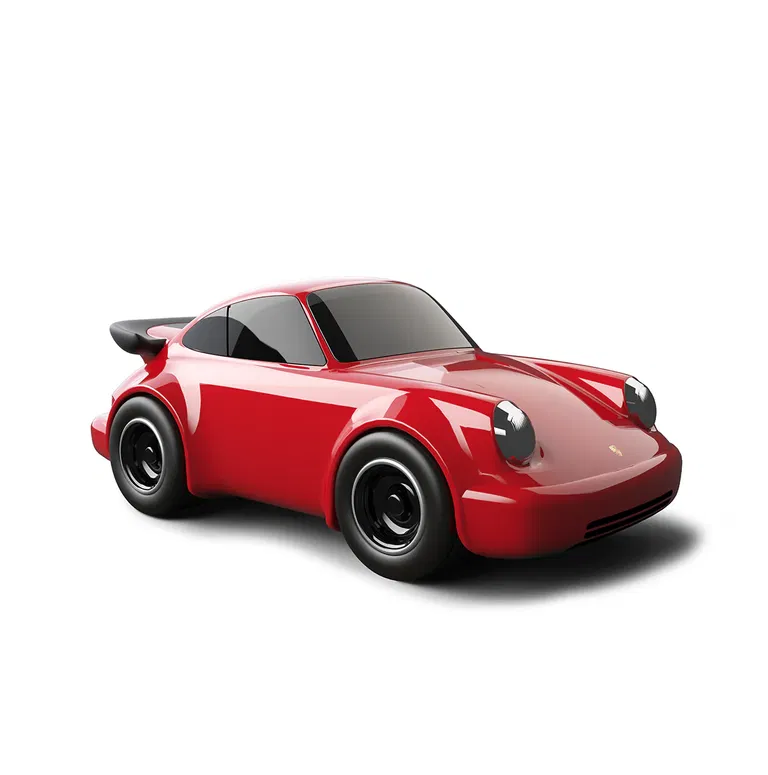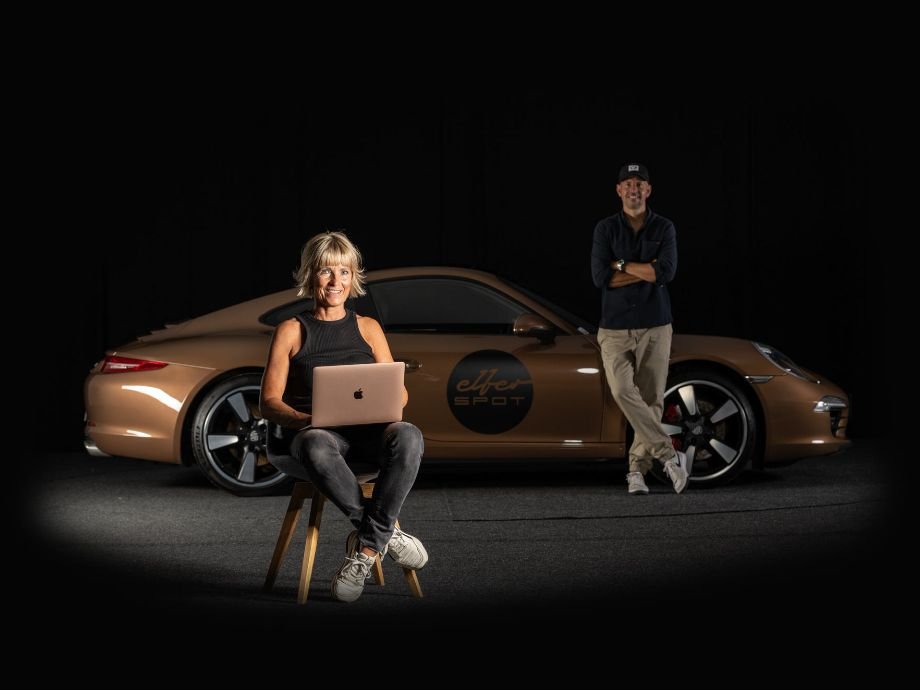Sweat Jacket Key on the left


Sweatjacket Key on the left
Friends of the subtle statement will love this jacket and only insiders will know what is meant. Become part of the “Key on the left society”. The wonderfully soft jacket made of 100% organic cotton is super comfortable to wear and convinces with a high quality fabric. With sewn on “Key on the left” patch on the chest and embroidery on the left upper arm.
- Color: Black
- Fair and sustainably produced in Europe
- High quality and comfortable fabric: 340g/m²
- Material: 100% organic cotton
Important note about this product: Conventional textiles contain many harmful substances that are absorbed through the skin. We have therefore decided to have our textile products produced as sustainably as possible. Therefore, our fabrics are produced according to the strict criteria of the GOTS. However, this also means that our sweaters and hoodies will fluff a bit before the first washings. This is because we use a mechanical and not a chemical process to roughen the inside. This is good for the environment and it makes the fabric extra soft, but some loose lint still remains. These become less with each wash and after 3-4 gentle washes, the small drawback has resolved itself.
Key on the left – Why is the ignition lock on the Porsche to the left of the steering wheel?
The position of the ignition lock can be traced back to the beginnings of the infamous 24 Hours of Le Mans race in France. At the Le Mans start, which was introduced in 1925, it was customary for the participating racers to stand a few meters away from their car before the start clearance and run to the car by signal. In order to make the starting procedure as quick as possible and avoid wasting time, Porsche engineers eventually installed the start button to the left of the steering wheel. In this way, the race drivers could start the car as soon as they got in. Since 1971, Le Mans no longer starts in this way, but Porsche stuck with the position of the ignition switch to the left of the steering wheel. Now it is legendary and always causes confusion for Porsche newcomers at the beginning. By the way: There is also the story that at that time, due to a shortage of material (cables), the starter was placed on the left side to save costs. Only later, during the races, it was discovered that this was also an advantage. But honestly, the Le Mans story is much cooler, isn’t it?
Our model is 183 cm tall and wears a size L.

+ Machine wash at 30°C, not only protects the environment but also your garment.
+ You should wash your clothes inside out. With every wash cycle, garments rub against each other and always give off some color and material – you can see this especially at the seams and edges.
+ Save the dryer and give your clothes fresh air on the clothesline – wind is known to be the best fabric softener substitute. Just be careful not to let your products hang in the sun directly or for too long so they don’t fade.
The textile industry is one of the biggest polluters in the world. Exploitative working conditions and minimum wages are unfortunately still the order of the day. Therefore: Our textile products are produced under fair and sustainable conditions in Europe. Our supplier guarantees fair working conditions and wages, shortened delivery distances and sustainable materials.
Shopping tips

